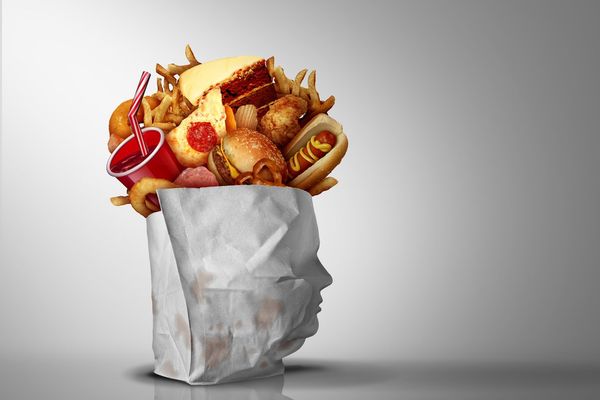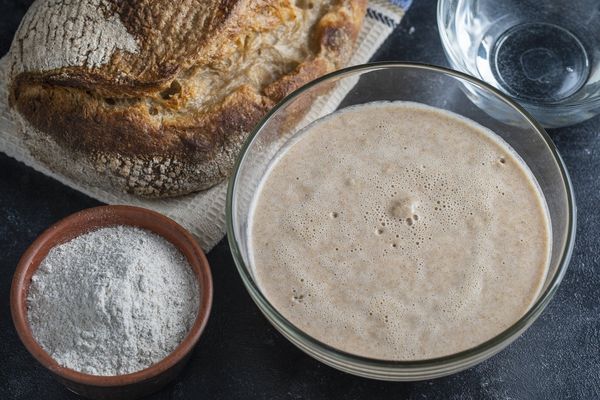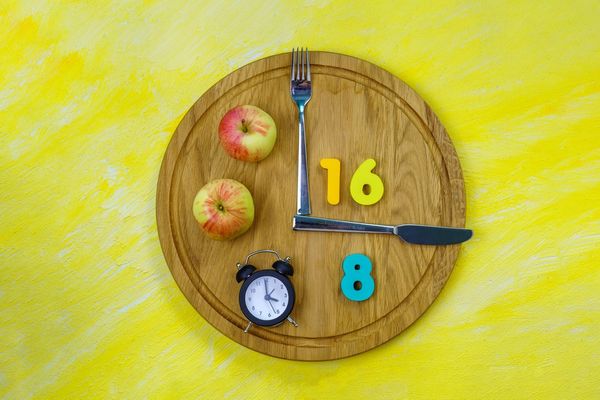I do my best to eat healthy foods, especially as I get older and find out how important it is for my body to run at its peak performance. And I do okay – most of the time. As I've said in the past, it's amazing how most of the time I find my body gravitating toward fresh fruits and veggies and lots of grains, anyway. Give me a salad with lots of colors thrown in, and I'm happy. Give me a steak and mashed potatoes and you'll get the entire plate back, untouched.
But something recently shocked me – and made me realize that what I know is, well, limited. Here I am, thinking I know what’s good and what’s not – and when I sat down to take a quiz I stumbled across on WebMD, I haven’t felt so bad about my grade since the first time I took the SAT back in high school.
Confused about low-fat, fat-free and reduced or less fat? Me too. "Low-fat food" means 3 grams of fat or less per serving (Fat-free has less than 0.5 grams) And "reduced fat” or “less fat," although better than full-fat, has at least 25% less than its regular counterpart. Want to know about good foods to help reduce belly fat? Click here.
Because I worry about salt’s effect on my blood pressure, I got this one right (or it was a lucky guess): For a food to be marked 'low-salt' or 'low-sodium,' it has 140 mg. of sodium in a serving. Watch out for processed foods like soups and frozen food, which is loaded with sodium. Just one teaspoon of salt a day is what experts recommend you limit your intake to (even less if you have high blood pressure or prehypertension). Click here for info on blood pressure.
I try to get enough fiber because, well, you know, it helps keep everything moving in the right direction. But maybe I think enough is too much, since I flunked this question: How many grams of fiber are in a 'high-fiber' or 'rich in fiber' food, per serving? I guessed 10 grams. Wrong. Foods labeled "high-fiber" must have 5 grams or more of fiber in a serving.







